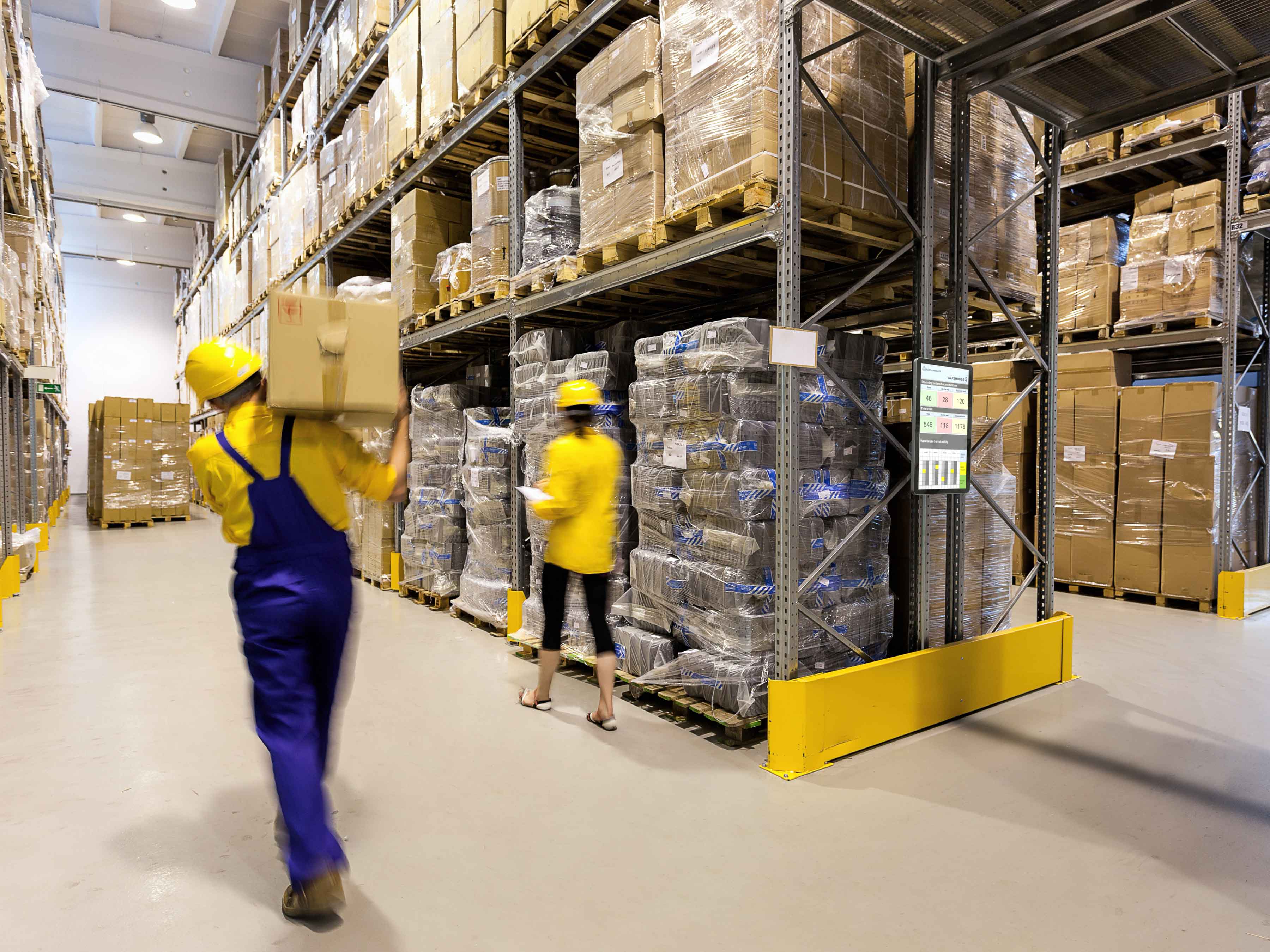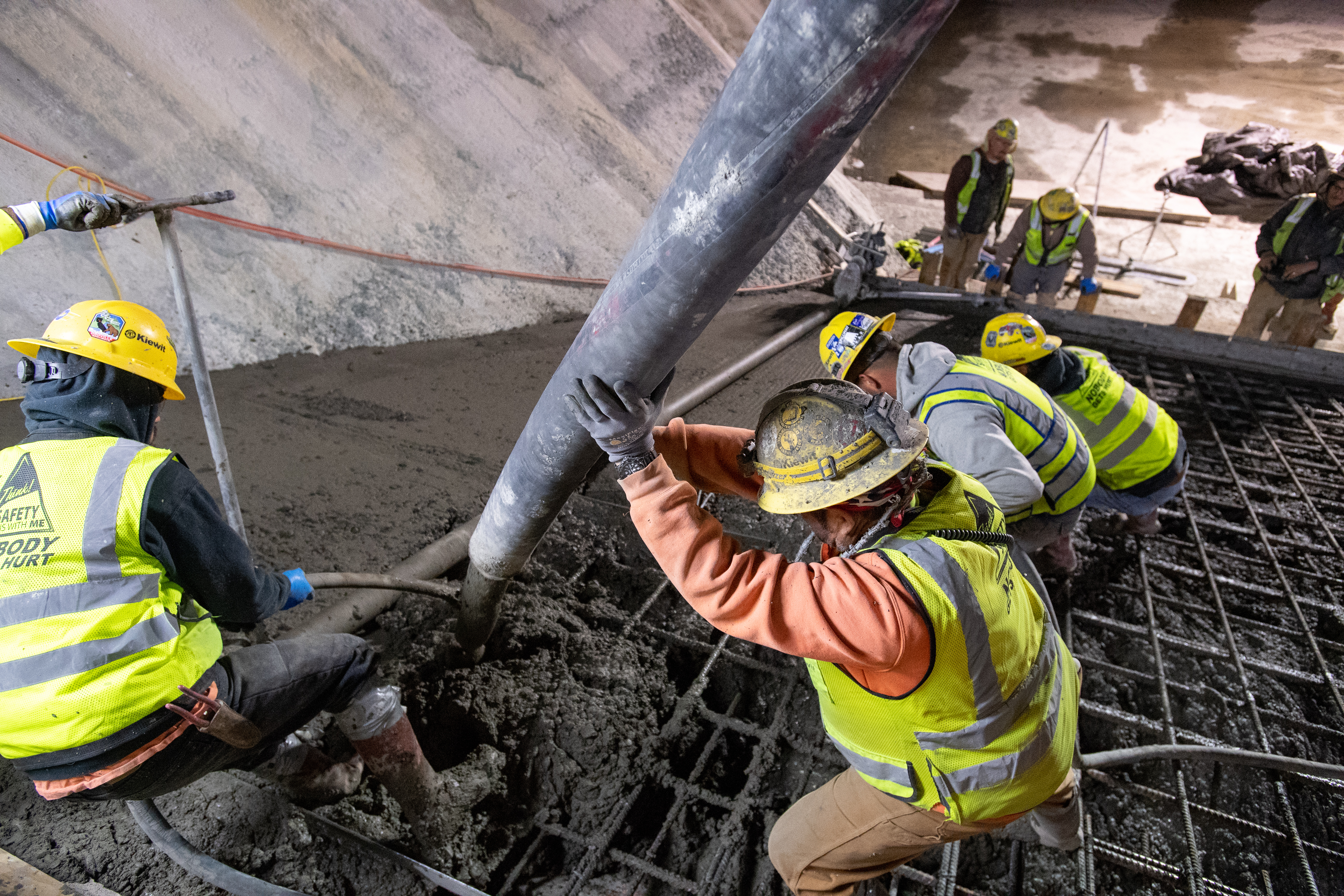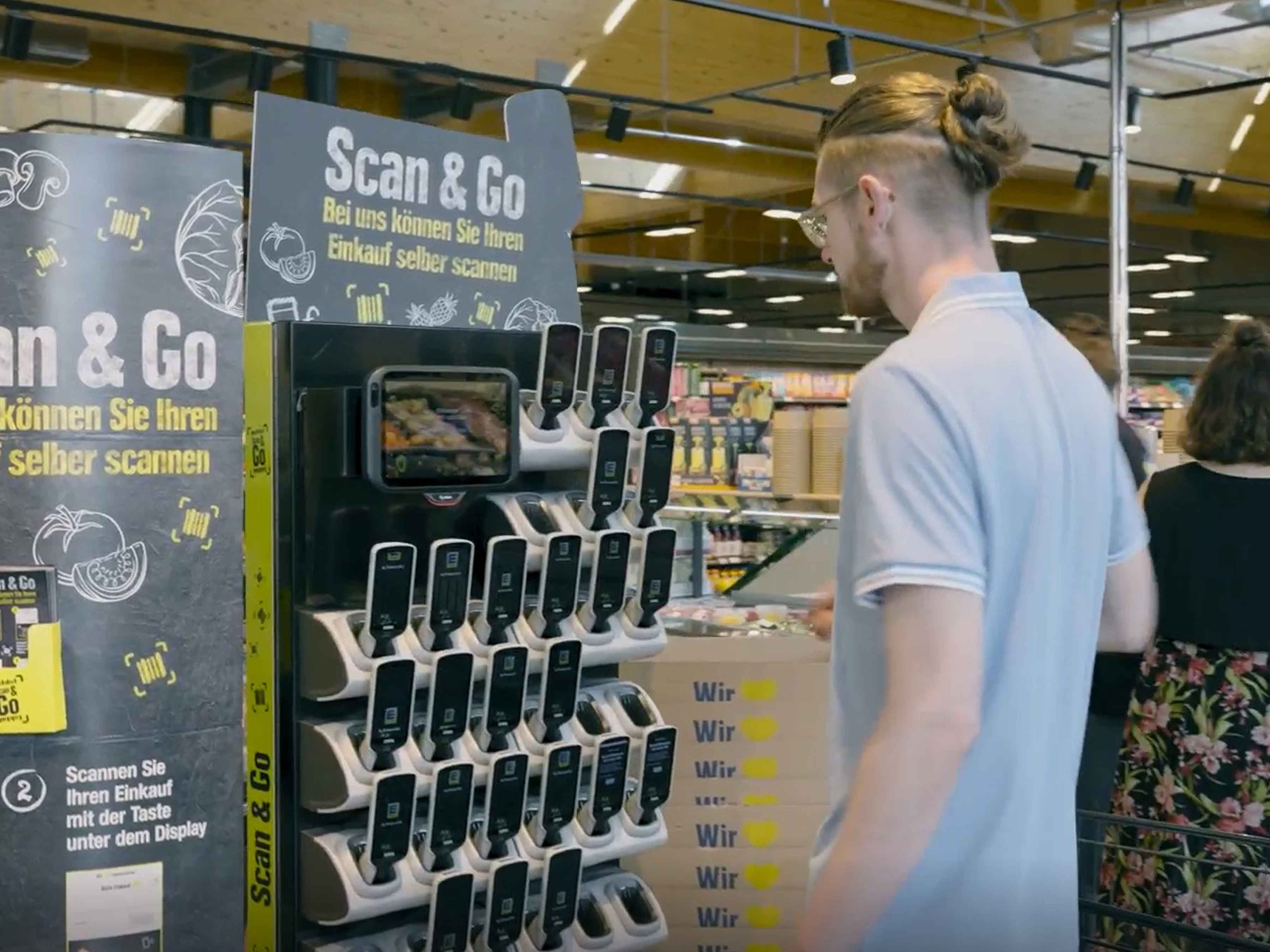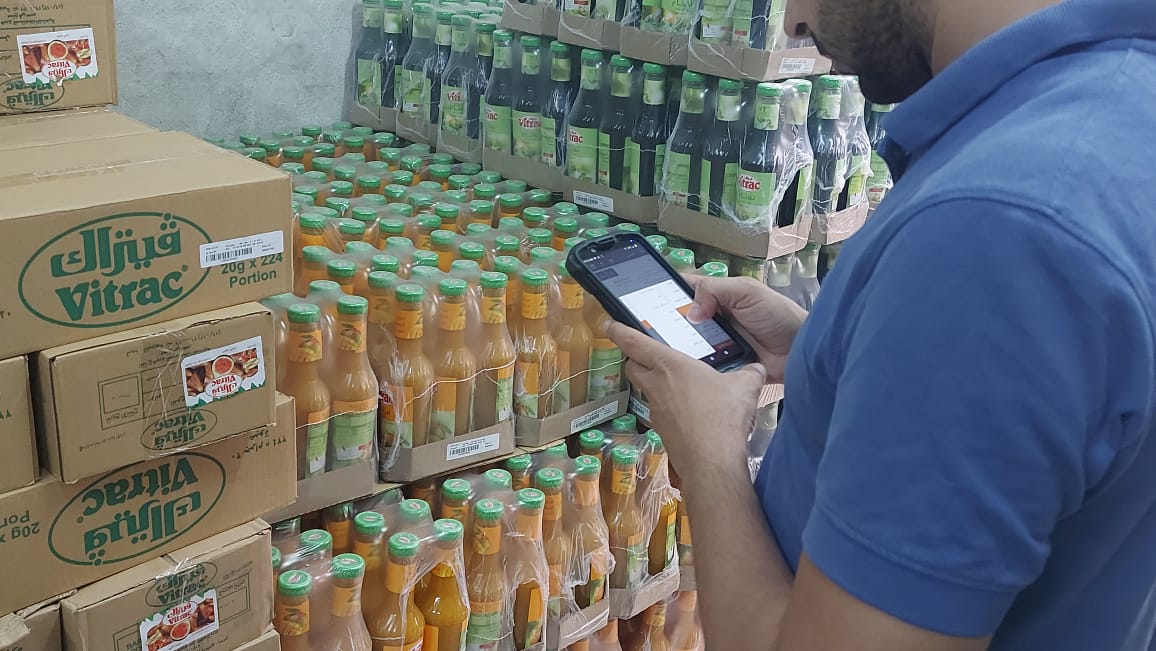Transform retail operations with Zebra’s retail technology solutions, featuring hardware and software for improving inventory management and empowering teams.
Streamline operations with Zebra’s healthcare technology solutions, featuring hardware and software to improve staff collaboration and optimize workflows.
Enhance processes with Zebra’s manufacturing technology solutions, featuring hardware and software for automation, data analysis, and factory connectivity.
Zebra’s transportation and logistics technology solutions feature hardware and software for enhancing route planning, visibility, and automating processes.
Learn how Zebra's public sector technology solutions empower state and local governments to improve efficiency with asset tracking and data capture devices.
Zebra's hospitality technology solutions equip your hotel and restaurant staff to deliver superior customer and guest service through inventory tracking and more.
Zebra's market-leading solutions and products improve customer satisfaction with a lower cost per interaction by keeping service representatives connected with colleagues, customers, management and the tools they use to satisfy customers across the supply chain.
Empower your field workers with purpose-driven mobile technology solutions to help them capture and share critical data in any environment.
Zebra's range of Banking technology solutions enables banks to minimize costs and to increase revenue throughout their branch network. Learn more.
Zebra's range of mobile computers equip your workforce with the devices they need from handhelds and tablets to wearables and vehicle-mounted computers.
Zebra's desktop, mobile, industrial, and portable printers for barcode labels, receipts, RFID tags and cards give you smarter ways to track and manage assets.
Zebra's 1D and 2D corded and cordless barcode scanners anticipate any scanning challenge in a variety of environments, whether retail, healthcare, T&L or manufacturing.
Zebra's extensive range of RAIN RFID readers, antennas, and printers give you consistent and accurate tracking.
Choose Zebra's reliable barcode, RFID and card supplies carefully selected to ensure high performance, print quality, durability and readability.
Zebra's rugged tablets and 2-in-1 laptops are thin and lightweight, yet rugged to work wherever you do on familiar and easy-to-use Windows or Android OS.
With Zebra's family of fixed industrial scanners and machine vision technologies, you can tailor your solutions to your environment and applications.
Zebra’s line of kiosks can meet any self-service or digital signage need, from checking prices and stock on an in-aisle store kiosk to fully-featured kiosks that can be deployed on the wall, counter, desktop or floor in a retail store, hotel, airport check-in gate, physician’s office, local government office and more.
Adapt to market shifts, enhance worker productivity and secure long-term growth with AMRs. Deploy, redeploy and optimize autonomous mobile robots with ease.
Discover Zebra’s range of accessories from chargers, communication cables to cases to help you customize your mobile device for optimal efficiency.
Zebra's environmental sensors monitor temperature-sensitive products, offering data insights on environmental conditions across industry applications.
Zebra's location technologies provide real-time tracking for your organization to better manage and optimize your critical assets and create more efficient workflows.
Enhance frontline operations with Zebra’s AI software solutions, which optimize workflows, streamline processes, and simplify tasks for improved business outcomes.
Empower your frontline with Zebra Companion AI, offering instant, tailored insights and support to streamline operations and enhance productivity.
The everything you need to rapidly and cost effectively develop high-performance AI vision applications on Zebra mobile computers.
Zebra Workcloud, enterprise software solutions boost efficiency, cut costs, improve inventory management, simplify communication and optimize resources.
Keep labor costs low, your talent happy and your organization compliant. Create an agile operation that can navigate unexpected schedule changes and customer demand to drive sales, satisfy customers and improve your bottom line.
Drive successful enterprise collaboration with prioritized task notifications and improved communication capabilities for easier team collaboration.
Get full visibility of your inventory and automatically pinpoint leaks across all channels.
Reduce uncertainty when you anticipate market volatility. Predict, plan and stay agile to align inventory with shifting demand.
Drive down costs while driving up employee, security, and network performance with software designed to enhance Zebra's wireless infrastructure and mobile solutions.
Explore Zebra’s printer software to integrate, manage and monitor printers easily, maximizing IT resources and minimizing down time.
Make the most of every stage of your scanning journey from deployment to optimization. Zebra's barcode scanner software lets you keep devices current and adapt them to your business needs for a stronger ROI across the full lifecycle.
RFID development, demonstration and production software and utilities help you build and manage your RFID deployments more efficiently.
RFID development, demonstration and production software and utilities help you build and manage your RFID deployments more efficiently.
Zebra DNA is the industry’s broadest suite of enterprise software that delivers an ideal experience for all during the entire lifetime of every Zebra device.
Advance your digital transformation and execute your strategic plans with the help of the right location and tracking technology.
Boost warehouse and manufacturing operations with Symmetry, an AMR software for fleet management of Autonomous Mobile Robots and streamlined automation workflows.
The Zebra Aurora suite of machine vision software enables users to solve their track-and-trace, vision inspection and industrial automation needs.
Zebra Aurora Focus brings a new level of simplicity to controlling enterprise-wide manufacturing and logistics automation solutions. With this powerful interface, it’s easy to set up, deploy and run Zebra’s Fixed Industrial Scanners and Machine Vision Smart Cameras, eliminating the need for different tools and reducing training and deployment time.
Aurora Imaging Library™, formerly Matrox Imaging Library, machine-vision software development kit (SDK) has a deep collection of tools for image capture, processing, analysis, annotation, display, and archiving. Code-level customization starts here.
Aurora Design Assistant™, formerly Matrox Design Assistant, integrated development environment (IDE) is a flowchart-based platform for building machine vision applications, with templates to speed up development and bring solutions online quicker.
Designed for experienced programmers proficient in vision applications, Aurora Vision Library provides the same sophisticated functionality as our Aurora Vision Studio software but presented in programming language.
Aurora Vision Studio, an image processing software for machine & computer vision engineers, allows quick creation, integration & monitoring of powerful OEM vision applications.
Adding innovative tech is critical to your success, but it can be complex and disruptive. Professional Services help you accelerate adoption, and maximize productivity without affecting your workflows, business processes and finances.
Zebra's Managed Service delivers worry-free device management to ensure ultimate uptime for your Zebra Mobile Computers and Printers via dedicated experts.
Find ways you can contact Zebra Technologies’ Support, including Email and Chat, ask a technical question or initiate a Repair Request.
Zebra's Circular Economy Program helps you manage today’s challenges and plan for tomorrow with smart solutions that are good for your budget and the environment.
The Zebra Knowledge Center provides learning expertise that can be tailored to meet the specific needs of your environment.
Zebra has a wide variety of courses to train you and your staff, ranging from scheduled sessions to remote offerings as well as custom tailored to your specific needs.
Build your reputation with Zebra's certification offerings. Zebra offers a variety of options that can help you progress your career path forward.
Build your reputation with Zebra's certification offerings. Zebra offers a variety of options that can help you progress your career path forward.
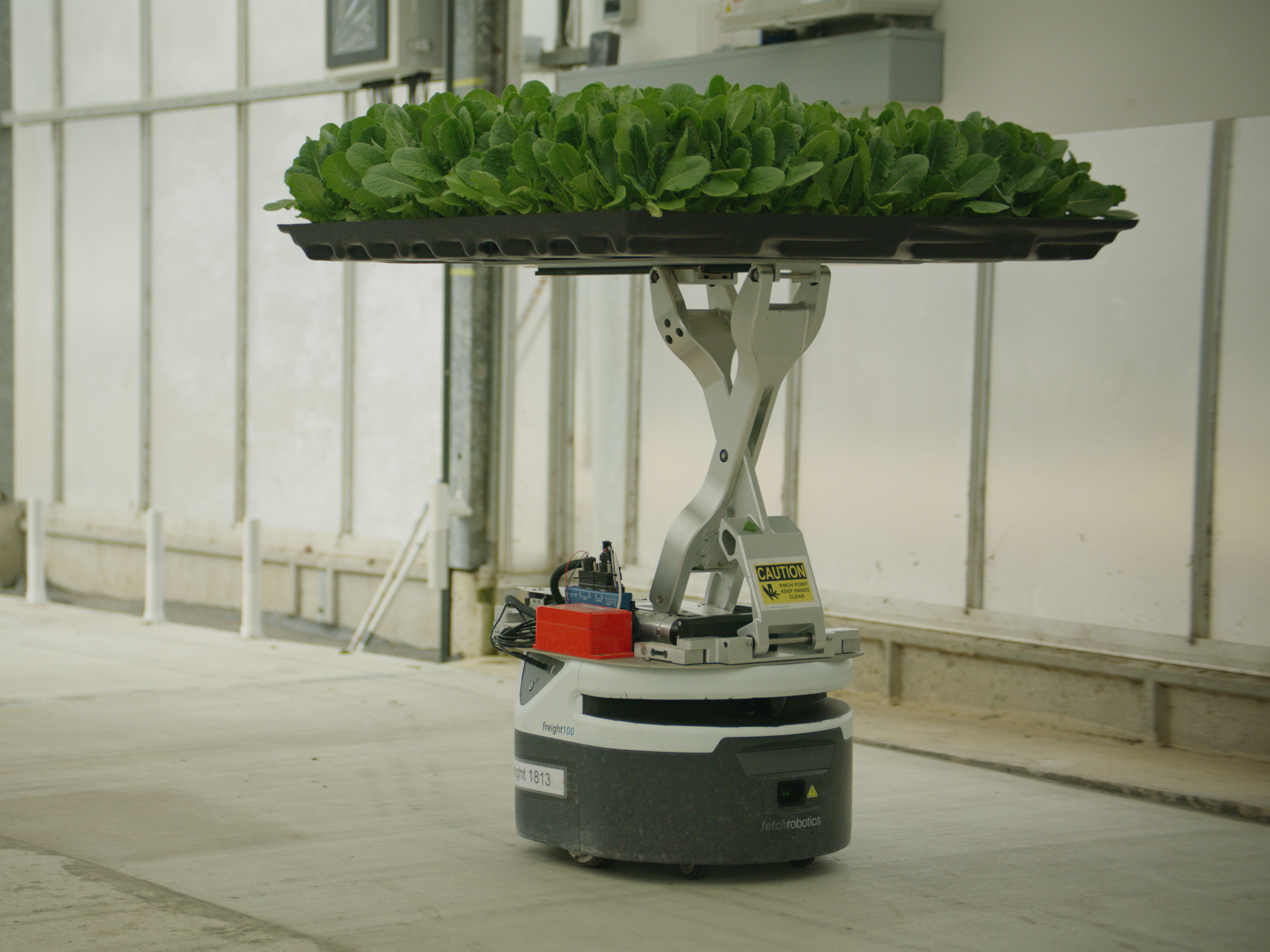
Hippo Harvest Elevates Farming Efficiency with Autonomous Mobile Robots
Hippo Harvest is a controlled environment agriculture (CEA) company that uses plant science, machine learning and robotics to sustainably grow vegetables in greenhouse environments. The company's technology provides health and sustainability conscious shoppers with fresh and affordable produce.
Zebra Success Story: Hippo Harvest
Overview: Agriculture Challenge
Address labor challenges and environmental fluctuations to enhance the long-term sustainability, affordability, and scalability of organic produce cultivation.
Benefits / Outcomes
- Maximized greenhouse time and resources.
- 92% decrease in water consumption.
- 55% reduction in fertilizer usage.
- Enhanced productivity and employee experience.
Customer
Hippo Harvest
Pescadero, California/USA
Industry
Agriculture
Solutions
About Hippo Harvest
The contemporary agricultural sector is grappling with a host of challenges, notably labor shortages and severe weather conditions, which compromise the efficacy of conventional outdoor farming. Though indoor greenhouses offer an alternative, their perceived high cost and specialized nature often hinder their widespread adoption. That is, until now.
Since 2019, farming technology start-up Hippo Harvest has focused on improving the accessibility and scalability of controlled environment agriculture (CEA). Led by a team of tech industry veterans, the company leverages advanced plant science, machine learning and Zebra’s Autonomous Mobile Robots (AMRs) to cultivate lettuce that can withstand the challenges posed by droughts, floods, and various extreme weather conditions.
“My career up to Hippo Harvest had been technology for technology’s sake,” says Chief Executive Officer Eitan Marder-Eppstein. “At Hippo Harvest, I’ve had the opportunity to leverage technology for real impact.”
The Challenge
Hippo Harvest was established to make food systems more resilient in uncertain conditions. The company partnered with Zebra Robotics Automation to make greenhouse farming as cost-effective and scalable as outdoor farming.
For many, the image of AMRs is closely tied to warehouses or manu-facturing settings, bustling with robots efficiently transporting boxes and pallets. Yet, Marder-Eppstein saw beyond this conventional scene. Intrigued by the adaptability of warehouse automation, he envisioned its potential application in agriculture. “We wanted to build something that gave us more control and flexibility to dynamically harvest or treat plants differently,” Marder-Eppstein explains.
We employ robots to allow human operators to do more with less and to focus on the jobs that they are excited about that use their skills to their full potential. The robots do a lot of these repetitive and ergonomically challenging tasks that people don’t really want to do in today’s environment.
Eitan Marder-Eppstein, Chief Executive Officer, Hippo Harvest
The Solution
In traditional farming, tractors are known for their versatility and cost-efficiency. At Hippo Harvest, they use Zebra’s Fetch AMRs to replicate this adaptability. The mobile robots come with customizable attachments and software, enabling them to water crops, provide nutrients, move plants, perform sensing and imaging tasks, and even keep the greenhouse clean by vacuuming.
“Zebra’s Fetch100 system is the absolute workhorse of our farm,” says Ivonna Dumanyan, Chief Business Officer at Hippo Harvest. “It is the platform on which all our capabilities are built.”
In an increasingly competitive global environment, the name of the game is innovation and adaptability. “We’re able to grow more effectively and efficiently because we use the same platform to perform multiple tasks in our greenhouse network,” says Marder-Eppstein. “We’re constantly developing new and novel ways to use these robots in our facilities.”
“Zebra has been a phenomenal partner for us in bringing their expertise together with ours to problem solve and figure out how we can take a hardware platform that was designed for another industry and adapt it so that we can utilize it as an extremely effective tractor in our greenhouse facilities,” Marder-Eppstein says. “It’s an incredibly complex task that requires integrating not just greenhouse control systems and people and a fleet of mobile robots, but also living things.”
The Zebra Difference: Outcome and Benefits
Adaptable Agricultural Innovations
While many greenhouse farms depend on recirculating plumbing systems, Hippo Harvest’s AMR system allows its greenhouses to operate without the need for intricate indoor plumbing installation and maintenance. Working in this controlled indoor environment also greatly reduces the need for pesticides, leading to the elimination of drift and a ready-to-eat product.
“The beauty of a growth system like Hippo Harvest is we can put it anywhere,” Dumanyan says. “We can feed more people with fewer resources, less water and less space.” The system helps grow more produce closer to where it is sold, improving shelf life and increasing sustainability by reducing time in transit.
Moreover, maintenance of Zebra’s AMRs has proven to be much more cost-effective compared to the maintenance of traditional raft and conveyor systems. Each device is simple to troubleshoot, swap out and repair on a short timeline. “The use of AMRs allows us to mitigate downtime in our system,” adds Dumanyan. “It allows us to change our minds to find optimizations and improvements in our ways of working and adapt accordingly.”
Better Data Collection Enables Faster Learning Curves
Before founding Hippo Harvest, Marder-Eppstein was an experienced software engineer for some of Silicon Valley’s largest corporations. Dumanyan is a former start-up founder and engineer with a background in renewable energy and artificial intelligence. The two innovators have high expectations for the technology at work in their greenhouse.
“In the early stages of Hippo Harvest, we kept hitting constraints in our ability to collect data that was rich enough to employ modern machine learning techniques,” Marder-Eppstein explains. Today, the deployment of Zebra AMRs to collect data about plants and conditions throughout the greenhouse has successfully accelerated the rate of learning, setting off a flywheel effect that allows the company to outpace the industry’s standard speed of innovation.
Supercharging Human Labor
Farming is demanding. Given its physical rigor and historically modest wages, numerous farmers need help attracting the workforce required to manage and collect crops competitively.
“We employ robots to allow human operators to do more with less and to focus on the jobs that they are excited about that use their skills to their full potential,” Marder-Eppstein says. “The robots do a lot of these repetitive and ergonomically challenging tasks that people don’t want to do in today’s environment.”
“The Zebra system allows us to program these tractors to work for up to 20 hours a day, keeping the farm operating efficiently even in a reality where labor is scarce,” adds Dumanyan. “Our system’s per unit area will produce about 30 times more produce than conventional outdoor agriculture.”
Fewer Resources, Superior Results
Compared to traditional farming methods, Hippo Harvest’s advanced strategies showcase remarkable progress. Their water consumption has been slashed by an impressive 92%, and the meticulous method of delivering specific nutrient doses directly to each plant has curbed fertilizer usage by 55%. This not only signifies a monumental shift in agricultural practices but also emphasizes a more sustainable and resource-conscious approach.
Related Resources
Legal Terms of Use Privacy Policy Supply Chain Transparency
ZEBRA and the stylized Zebra head are trademarks of Zebra Technologies Corp., registered in many jurisdictions worldwide. All other trademarks are the property of their respective owners. ©2025 Zebra Technologies Corp. and/or its affiliates.
